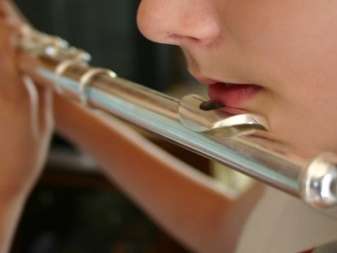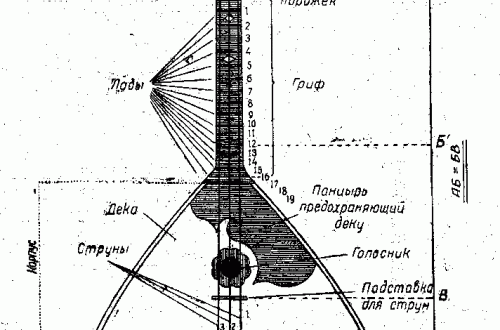
How to play the Flute?
The flute is considered to be one of the oldest wind musical instruments. Varieties of this instrument are found in many world cultures. Today, the most popular type of flute is the transverse flute (most commonly referred to simply as the flute).
And also the longitudinal variety, or block flute, has become widespread, but not so wide. Both versions of the flute are suitable for self-study, their device is simple and understandable for beginners who do not have a musical education.
Basic Rules
To learn how to play the flute, it is not necessary to have a musical education and to know musical notation. But you will need certain motor and respiratory skills and, of course, a developed ear for music, and a desire to learn how to play.
For those who want to learn how to play the transverse flute, there are two options:
- try to master the instrument on your own, using tutorials or video tutorials;
- turn to a professional, and take a full or short course for beginners.


You can start playing on a children’s longitudinal flute or pipe. They can be wooden or plastic. The fewer holes on the flute, the easier it will be to learn how to play it. If you have an ear and an understanding of musical notation, then you can independently select melodies by ear, pinching the holes in various combinations. After mastering the simplest recorder model, you can move on to the transverse version. One end of it is closed with a special plug, and you need to blow into a special hole on the body of the flute (mouthpiece or “sponges”). Hold the instrument horizontally. At first it will be difficult to keep the correct position of the instrument, but gradually you get used to it.
Try both versions of the tool, and continue learning on the one that is more convenient for you . The technique of playing will depend on the type chosen, but there are also common points in mastering this instrument. First you need to master the breathing technique, the correct position of the fingers on the instrument and other points. For many, this can be difficult.
After exercising, the muscles of the arms, neck and back will be very sore, from the unusual way of inhaling and exhaling air, slight dizziness and headaches may begin. Do not be afraid of these difficulties, everything will pass after a few lessons. And when you start to get the first melodies, all the work and efforts will pay off.
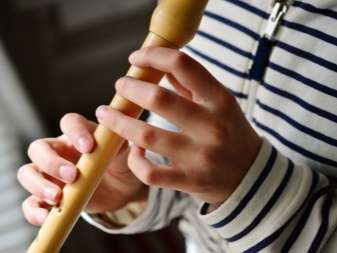
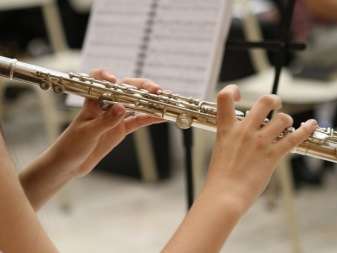
Breath
At the beginning of learning to play sounds on the flute will be very difficult. Breathing may not be enough, or the blowing force will not be enough. Therefore, before you start playing the instrument itself, you need to master the correct blowing technique. Breathe with the diaphragm, while inhaling, the stomach should rise, not the chest. From birth, a person breathes this way, but with age, many people switch to chest breathing. At first, such deep breathing may make you dizzy, but you will get used to it. Diaphragmatic breathing is correct.
Professionals advise you to start learning how to breathe properly with a regular plastic bottle. Try, by blowing air into the neck, to get a sound that will be similar to any note. Hold the neck just below the lips, and blow the air down, trying to get into the bottle. With open lips, try to pronounce the sound “M”, and with closed lips – the sound “P”. If desired, you can pour water into the bottle. The more water, the higher the sound. After several workouts, the sound will come out better and clearer, and the breath will be enough for a long time.
And you can also train in blowing strength on a silk scarf (an ordinary paper napkin will do). Press the handkerchief against the wall (any smooth vertical surface) at face level. Now release it and try to keep it in this position (pressed against the wall at the same level) with the power of your breath. After mastering the blowing technique, you can move on to playing the flute. When blowing, do not puff out your cheeks, the air should go from the diaphragm through the mouth.

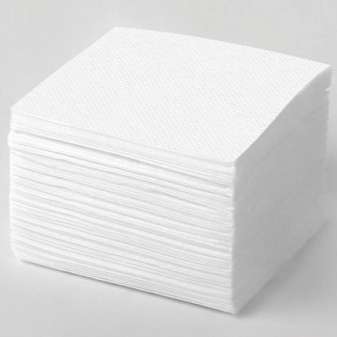
Lip position
To properly fold your lips and learn how to blow correctly, try pronouncing the sound “Pu”. Remember this position of the lips, it is the most correct. Do not strongly press the “sponges” to your mouth. It is best to place it near the lower lip, and blow slightly downward, as in the bottle exercise.
The lips should be in such a position as if you are spitting something, or trying to blow a feather off the surface of the flute . Do not strain your lips, otherwise your mouth will quickly get tired, and it will be difficult for you to continue the lesson.
How to hold the tool?
When mastering the instrument, you must immediately learn how to hold the flute correctly. To do this, you need to attach the hole of the “sponges” to your mouth, while the instrument is held horizontally to the right side. The left hand is located closer to itself, palm to face, fingers go around the flute, and lie on the upper keys. The right hand is further down the instrument, palm away from the face. The fingers also lie on the top keys.
Learn how to place your fingers on the keys right away . The index finger of the left hand is located on the second key, the middle finger on the fourth key, the ring finger on the fifth key, and the little finger on the lever (or small key). The thumb of the left hand is located on the back of the instrument. Three fingers (index, middle and ring) of the right hand are located on the last keys of the flute in front of the knee. The thumb helps support the instrument, and the little finger is on a semicircular small key at the beginning of the knee. This arrangement is considered correct. It may seem uncomfortable at first, but with constant practice you will get used to it.
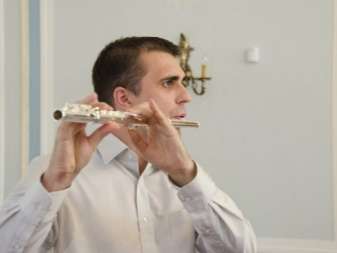

How to stand?
Body position while playing the flute is very important. This allows you to increase the volume of the lungs and exhaled air. During the game, it is important to keep your back as straight as possible. You can play standing or sitting, the main thing is to maintain the position of the back. You need to keep your head straight, look in front of you, slightly raise your chin. This position will allow you to open the diaphragm, and play clear long notes during exhalation.
If you play standing up, lean on both feet, do not bend your knees, do not tilt your head in an uncomfortable position. The muscles of the neck and back should not be in constant tension, this will lead to fatigue and headaches. The body should be relaxed and breathing even. At first, you can ask someone to monitor your posture during the game, then it will be easier to get used to the correct body position. If no one is around during class, try leaning against a wall so that your shoulder blades and the back of your head touch it.
If you need to look at notes or fingerings to play, use a music stand. Set it at eye level so you don’t have to bend your neck to block your diaphragm.
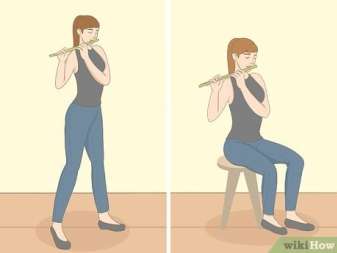

Helpful Hints
Fingerings will help in mastering the flute. The diagrams will help you understand how to play notes on the flute, how to put together simple melodies. Using the drawings, which schematically show which holes to clamp, you can independently learn the basics of the game from scratch. Repeat the exercises daily, and soon you will be able to play the first short melodies on the flute without fingerings. Training should be daily – 20-30 minutes every day will be enough. For children, self-study at home can seem tedious and uninteresting. Therefore, at first it is better to take a few lessons from professionals. They will help the child learn the correct exhalation technique and teach how to hold the flute and place fingers on the buttons.
After exercising, be sure to stretch your muscles. This will help relieve unusual tension in the back and neck. Raise your arms up and stretch the top of your head to the sky, then lower your arms and relax, repeat several times. After that, stand up straight, all muscles are relaxed, arms freely along the body. Randomly shake your hands without straining your muscles. This will help relax the joints and relieve the accumulated tension. Don’t forget to take care of your instrument. After practice, remove the condensate and saliva accumulated inside the flute. To do this, use a cotton swab or cloth, wrapping them around a pencil or thin wire (stick). The outside of the flute needs to be polished from time to time with a special cloth. The tool is best stored unassembled in a case.
Don’t expect quick results, especially if you’re starting from scratch. Be patient. With regular practice, after a while you will master the art of playing the flute.

